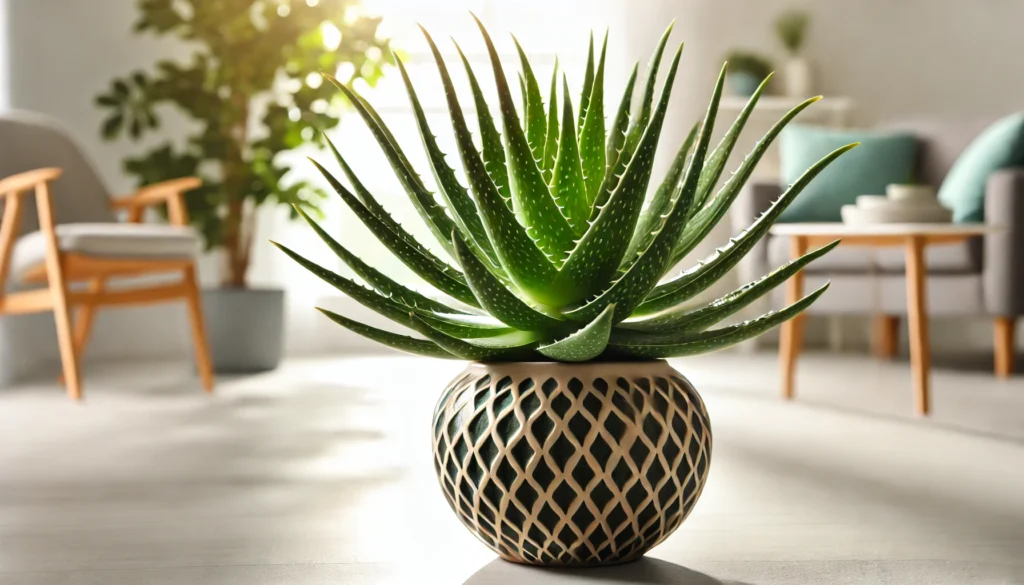
The Hawaiian Ti Plant, scientifically known as Cordyline fruticosa, is a stunning tropical plant renowned for its colorful, sword-shaped leaves. This perennial plant, often found in shades of red, pink, purple, and green, can grow up to 10 feet (3 meters) tall under optimal conditions. Whether used indoors as a houseplant or outdoors in tropical gardens, the Hawaiian Ti Plant adds a splash of color and an exotic feel to any space.
History and Ideal Growing Conditions
The Hawaiian Ti Plant has its origins in Southeast Asia and the Pacific Islands, where it has been cultivated for centuries. In Hawaii, it holds cultural significance and is often associated with good luck, protection, and spiritual rituals. To grow successfully, the Hawaiian Ti Plant thrives in warm, humid environments with temperatures ranging from 65°F to 85°F (18°C to 29°C). It prefers bright, indirect light, although it can tolerate some direct sunlight, especially in the morning. The plant does best in well-draining soil that remains consistently moist but not waterlogged.
Toxicity and Pets
Unfortunately, the Hawaiian Ti Plant is toxic to pets, particularly cats and dogs. If ingested, it can cause symptoms such as vomiting, drooling, and lethargy. Pet owners should take precautions to keep this plant out of reach of curious animals.
Safe Alternative Plants
If you’re looking for pet-friendly alternatives that offer similar visual appeal, consider the Spider Plant (Chlorophytum comosum) or the Parlor Palm (Chamaedorea elegans). Both of these plants are non-toxic to pets and can thrive in similar growing conditions.
Best Practices for Caring for Your Hawaiian Ti Plant
Caring for the Hawaiian Ti Plant is relatively simple, making it an excellent choice for both beginners and seasoned plant enthusiasts.
Watering and Humidity
The Hawaiian Ti Plant requires regular watering to keep the soil consistently moist. Water when the top inch (2.5 cm) of soil feels dry. In addition to regular watering, this plant thrives in a humid environment. Increase humidity around the plant by misting it regularly, placing it on a humidity tray, or using a room humidifier.
Soil, Light, and Temperature
For optimal growth, plant your Hawaiian Ti in well-draining soil, such as a mix that includes peat moss and perlite. The plant thrives in bright, indirect light but can tolerate some direct sunlight in the early morning. Avoid placing it in harsh, midday sun, as this can scorch the leaves. Maintain a temperature range of 65°F to 85°F (18°C to 29°C) and protect the plant from cold drafts or temperatures below 50°F (10°C).
Fertilizing
To keep your Hawaiian Ti Plant vibrant and healthy, fertilize it monthly during the growing season (spring and summer). Use a balanced, water-soluble fertilizer diluted to half strength. Reduce feeding in the fall and winter when the plant’s growth naturally slows down.
Common Problems and Remedies
While the Hawaiian Ti Plant is generally hardy, it can face some common issues:
- Brown Leaf Tips: Often caused by low humidity or fluoride in the water. Increase humidity and use filtered or distilled water.
- Yellowing Leaves: This can indicate overwatering. Allow the top inch (2.5 cm) of soil to dry out between waterings.
- Pests: Common pests include spider mites and scale insects. Treat infestations with insecticidal soap or neem oil.
Pruning Your Hawaiian Ti Plant
Pruning is essential to maintaining the Hawaiian Ti Plant’s shape and promoting healthy growth. The best time to prune is during the spring when the plant is actively growing.
Tools Needed
Use sharp, clean pruning shears to make precise cuts. Always sanitize your tools before and after pruning to prevent the spread of disease. A solution of one part bleach to nine parts water works well for this purpose.
Identify Areas to Trim
Focus on removing dead, damaged, or diseased leaves first. Then, prune back any leggy growth to encourage a bushier appearance. Generally, you should avoid removing more than one-third of the plant at a time to prevent stress.
Deadheading
Although not a flowering plant, occasionally removing old or unsightly leaves can help the Ti Plant maintain a neat appearance.
Prune Leggy Growth
Leggy growth can make the plant appear sparse. Trim these areas just above a leaf node to encourage new, fuller growth.
Remove Damaged or Diseased Leaves
Remove any leaves that are damaged or show signs of disease. This not only improves the plant’s appearance but also prevents the spread of disease to healthy parts of the plant.
Shape the Plant
Prune to create a balanced, aesthetically pleasing shape. Remove any crossing branches or awkwardly growing stems that disrupt the plant’s overall symmetry.
Post-Pruning Care
After pruning, water the plant well and ensure it’s in a location with adequate light and humidity. Monitor the plant closely for any signs of stress and adjust care as needed.
Propagation and Benefits of the Hawaiian Ti Plant
Propagation of the Hawaiian Ti Plant is straightforward, typically done through stem cuttings. Take a healthy stem cutting and place it in water or directly in soil. Roots should begin to develop within a few weeks. Beyond its striking appearance, the Hawaiian Ti Plant is known for its air-purifying properties, making it a great addition to any indoor environment.
Final Thoughts
The Hawaiian Ti Plant is a versatile and vibrant addition to any home or garden. With its stunning foliage and relatively low-maintenance care, it’s no wonder this plant is a favorite among plant enthusiasts. Whether you’re looking to brighten up a living space or add some tropical flair to your garden, the Hawaiian Ti Plant is a fantastic choice. Just be mindful of its toxicity to pets and follow best care practices to keep your plant thriving year-round.



